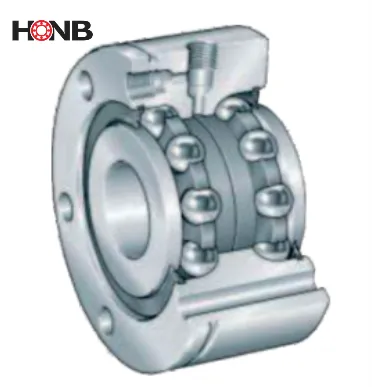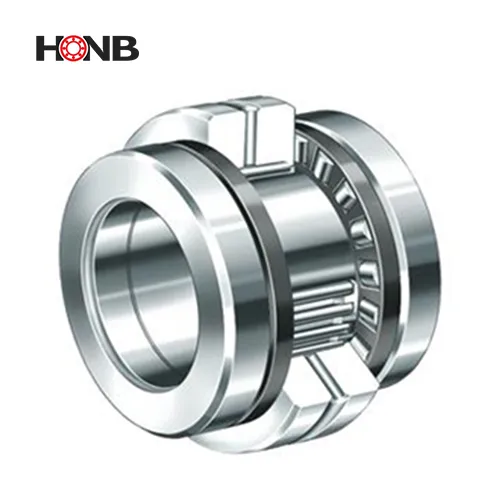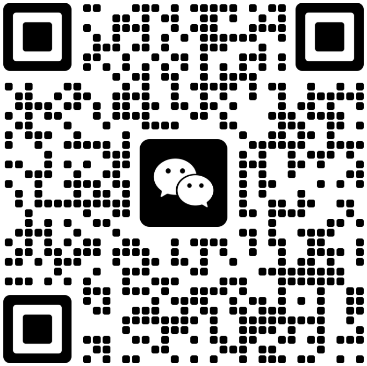Bidirectional thrust angular contact ball bearings can bear force in both directions, can withstand heavy loads, have high rigidity, and are particularly in line with the high-precision requirements of modern precision machinery. This type of bearing has two structures: one with mounting holes on the outer ring and one without mounting holes. The structure with mounting holes can be directly installed on the adjacent structure by bolts. This structure eliminates the need to machine the bearing end cover to match the bearing, so it is particularly economical.

Needle roller/thrust cylindrical roller bearings use a combination structure of needle roller bearings with thickened outer rings and two rows of thrust cylindrical roller bearings. They can withstand greater radial/axial loads and have higher radial/axial rigidity. The inner ring, outer ring and cylindrical roller and cage assembly match each other, so a precision locking nut can be used to apply a given axial preload to the bearing. This type of bearing has two types: one with mounting holes on the outer ring and one without mounting holes on the outer ring. The bearing with holes is directly installed on the adjacent structure through a cap bolt. The contact surface is large and the hole spacing is small, so its connection rigidity with the adjacent structure is very high and the fixing effect is good. The bearing end cover and matching parts originally required to fix the bearing can also be omitted. If the axial adjacent space of the shaft washer is insufficient or sealing is required, a bearing with an extended stepped shaft washer can be selected.


